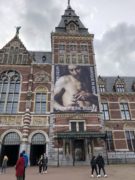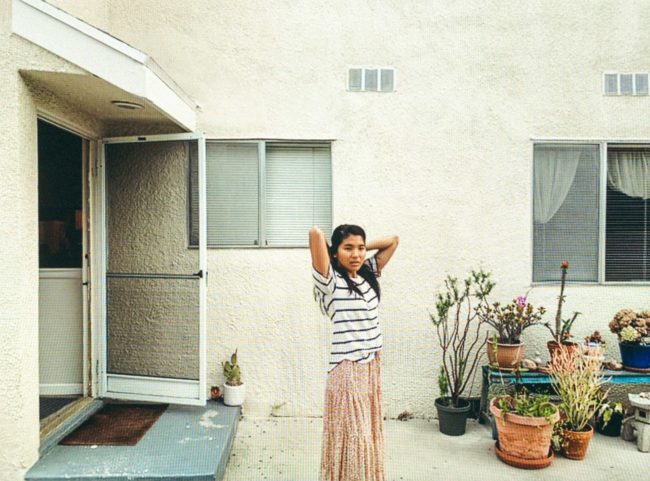 Tara Murao, Santa Monica
Tara Murao, Santa Monica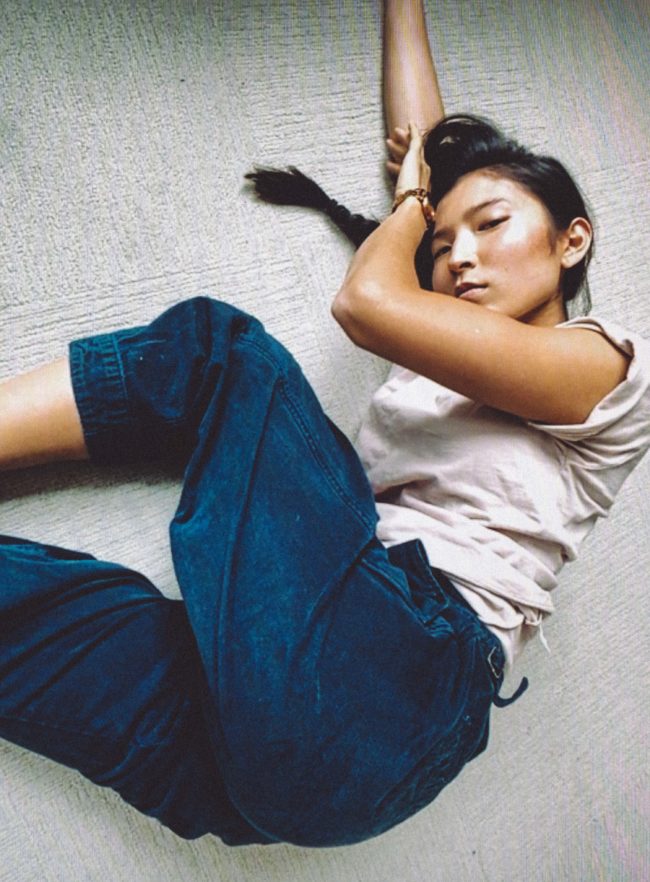 Terumi Murao, Brooklyn
Terumi Murao, Brooklyn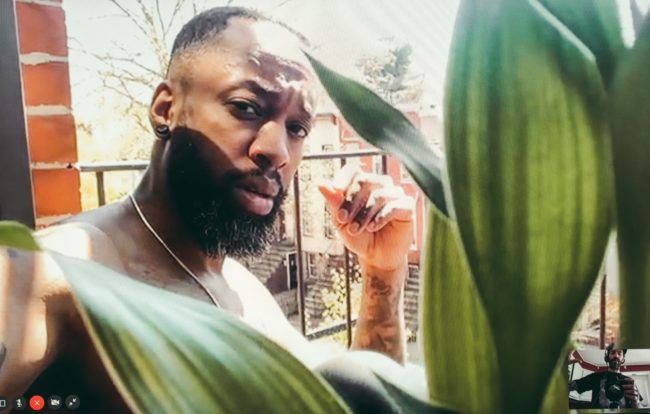 Raheim Robinson, Brooklyn
Raheim Robinson, Brooklyn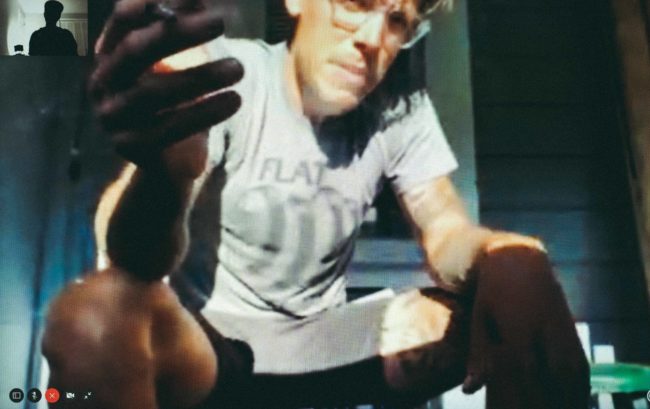 CHAS, Oakland
CHAS, Oakland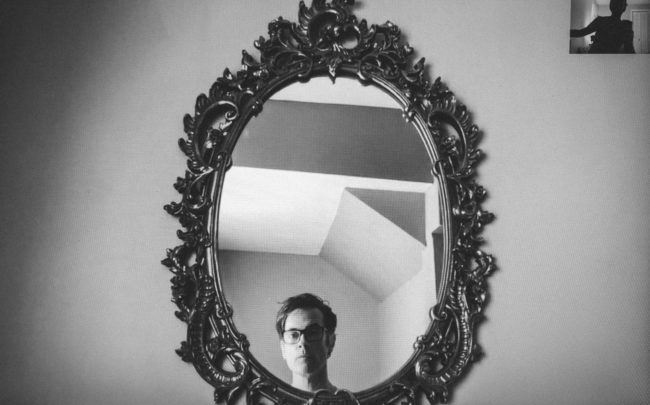 Chuck Palmer, Coney Island
Chuck Palmer, Coney Island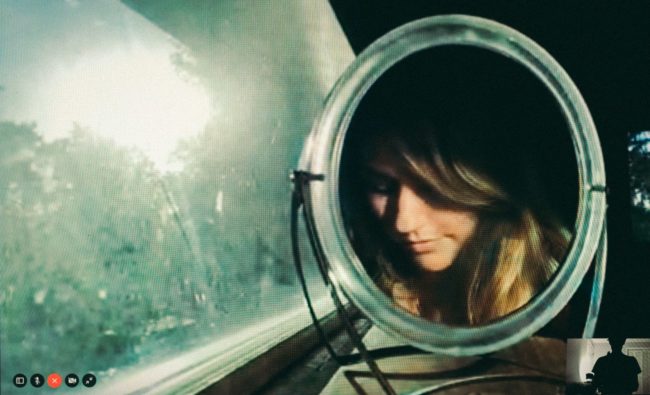 Colette McInerney, Northern California
Colette McInerney, Northern California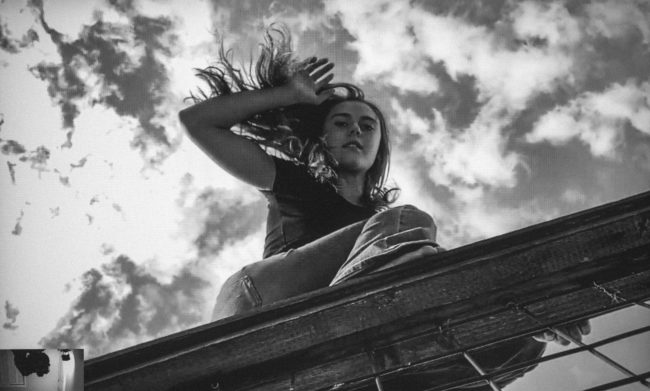 Margo Hayes, Boulder
Margo Hayes, Boulder
 Marine Johnson, Montréal
Marine Johnson, Montréal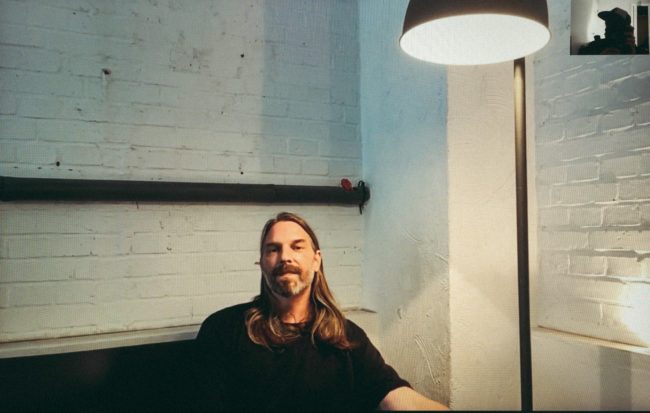 Jason Sellers, Frankfurt Germany
Jason Sellers, Frankfurt Germany
Quarantine photo project: What is home?
Photographer: François Lebeau
Heidi: How are you curating/finding your subjects?
François: The project’s goal is to showcase people’s ‘homes’ and how they interact with them: their physical home where they quarantined, their safe space where they go to, how they’re dealing with their own solitude and loneliness and also who they are in their own self. This 2020 spring has been very challenging for all of us, affecting people on so many different levels.
To find people, I first sought out into my extended network for creative minds that would be willing to collaborate. Once I had some satisfying results that I could show to get more participants, I started to reach out to people in my network that I never had the opportunity to shoot with and thought it was such a good opportunity to do so. I did also started to reach out to people I never met who I had the desire to shoot with. Obviously, the response back was pretty low, but I did get a few answers back which was awesome. I did ask to the people I shot if they would have a few recommendations for me in their own network and it just snowballed from there.
The fact that I can shoot everywhere in the world, it was a little overwhelming at first to decide who I should ask.. I knew I wanted a variety of occupations, locations in the world and many type of ethnicities. I decided to aim on a certain category: creative people, at large. I know their work life has been affected a lot by the virus and they would potentially be more prone to collaborate since they understand the process of a creative project, it requires a lot of work on their end, propping the camera, moving all around their space, being patient with the whole process.
What is the commonality in this series?
The element that had a strong presence in every session was this openness and desire to connect, to exchange with another human. The participants had been so generous with their time and privacy, willing to do whatever it took to get the images I was envisioning. This brought this sense of intimacy and vulnerability to the whole series, which I was hoping for when I started. I have this fascination for the authenticity of people and accessing their vulnerability. I think the word vulnerable has a negative connotation in the general culture, but to my point of view, being vulnerable reflects strength, trust and confidence in yourself. Everybody is human, everybody has their own feelings, and we should celebrate that.
Did these questions get answered: Who we are? Where we come from? What values are at its foundation?
With the recent events of police brutality and racism on top of the pandemic, it brought people to think deeply about ourselves, as a society and as a human. It affected me a lot, I reassessed all my beliefs and scrutinized my origins as well. I basically asked myself those questions in the attempt to understand more who I am. It is not easy questions to answer, but asking these to ourselves is part of the solution for a better world. I won’t pretend I found those answers cause they will take time to find and they will be personal to each one of us. It is more an invitation to ask them yourself where are you in your thought process and find your own ones.
How has this changed your view of photography? (travel impact, resources needed, process?)
I still believe that ’standard’ photography has its place. This is definitely a new way to approach our medium, which probably will influence the way we will be working in the future, at least for certain type of shoots. It is convenient, but has its limitation as well. Technology will evolve around it to make that way of shooting better, but who knows. Only time will tell how it will converge.
When I decided I would work in photography, I didn’t sign up for that kind of photography. But like the photographers that, not so long ago, needed to adapt from film to digital, we will need to adapt as well if this is to become a new avenue.. I can see good things coming out from this new way of approaching our medium that is photography.
How much are you engaging with each person? What are the parallels or differences from shooting your portraits in person?
The nature of the project itself has a very personal approach. I’m in the personal space of my subject, we work together to get the image we want, we talked about how we are doing through these interesting times, we hang out. So yes, it is very engaging. I am also living the same things as well. I need that human connection, so I’m taking the opportunity to connect with them too which is great.
One thing that is very different is that there is no body language while I’m shooting from my end. Usually, in the ’normal’ world, I direct my subject a lot with my body itself, showing them what I’d like them to do. But the way I shoot those portraits, they don’t see me. I’ve learn pretty quickly that I’d need to refine my vocal directions, figure out which is their left and right and slow down a little how I talk so my directions are as clear as possible. I want them to feel that I am there, even though I am not. One interesting thing that I’ve heard from them many times is they are surprised how I see details of their space, that they didn’t even see. Light, objects, angles and composition. It’s like I’m there, but I’m miles away. Some sort of presence without being there. Very paradoxal.
Your body of work celebrates the natural world, what have you discovered about this virtual one? What will transcend into your adventure work, if anything?
The main thing I’ve always been drawn in photography has been the duality between beauty and rawness, wherever it is. I always had this appreciation for imperfections, natural states and authenticity. At first, when I started to shoot this project, I encountered a few obstacles that was stopping me to get my initial desired results: quality of the internet connection, shooting my laptop screen with my camera and not being at the same place as my subject. But more into the project, I embraced those imperfections and it made the narrative of the project even stronger by accentuating the physical distance in between us and accepting that actual way of communicating. It puts us in context of this era with the imperfections of our communications tools and makes those images and people more relatable with those interesting life situations we are all in.
Most of my work has been in the outdoor industry, but what lies behind this work is my fascination to the complexity of everybody’s story. My story is complex, everybody’s has their own as well. Having the privilege to access theirs for a moment is just one of the best compliments I can have as a photographer. Whether it’s outside, in studio or through a virtual shoot, I barely see any difference.
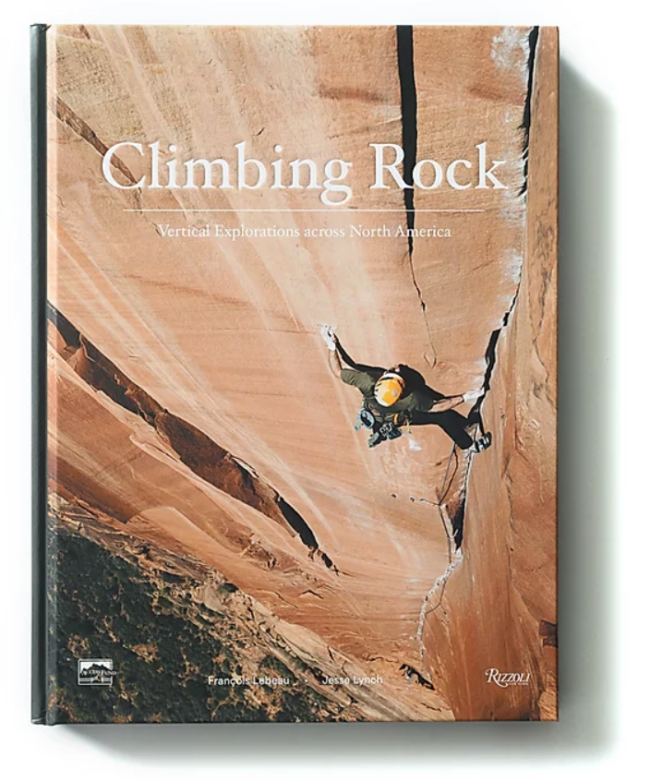
Why is ‘’Climbing Rock’’ important to you as a book and body of work?
Rock climbing photography was how I got to start my professional career. Rock climbing has been a passion on many levels: I love the lifestyle of it, I love the people that makes the community, I love the sport in all its aspects and being able to document it is just a joy. Through my network, I knew Jesse Lynch, the author, and Martynka Wawrzyniak, the project manager at Rizzoli and they wanted to put a climbing book together. They approached me, we worked on the concept and we were in for a full year to put that book together. Being chosen to put a collection of my own personal work in a 250+ pages coffee table book is just one of the best compliment I had and affirmed my place in both the photography and climbing world. I’ve been doing those images for myself and for others for quite a bit, and being able to share them with many more people through this outstanding piece of work is just a gift.
Naturally you/the camera goes unnoticed; we are focused on the climber athlete, I feel we often forget you are also on the wall, and at equal risk.
That’s a really good observation which I rarely think of. Maybe due to the vision I want to create and also probably because I’m so familiar to be in those unusual positions. Rock climbing photography in the outdoor community has always fascinated me. It got into me, and many others. Its exposure, different angles and just this energy that transcends freedom, making those compelling images when it’s well done. I always like that in one image, I can capture physical prowess, authenticity in the effort, magic light and graphic lines. But yes, for certain type of photography, it can be risky, even more if your system is not very refined, or even worse, if you don’t know what you are doing. It requires some knowledge to navigate on ropes and to be able to judge if what you are doing won’t put you in danger. So in a nutshell, yes, we are in precarious positions up there, but with experience, the risks are pretty low. It takes a lot of work to get in position, so getting an unforgettable image is very rewarding.
